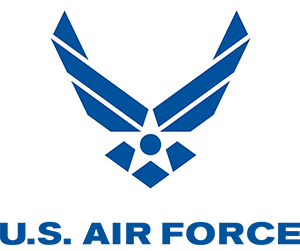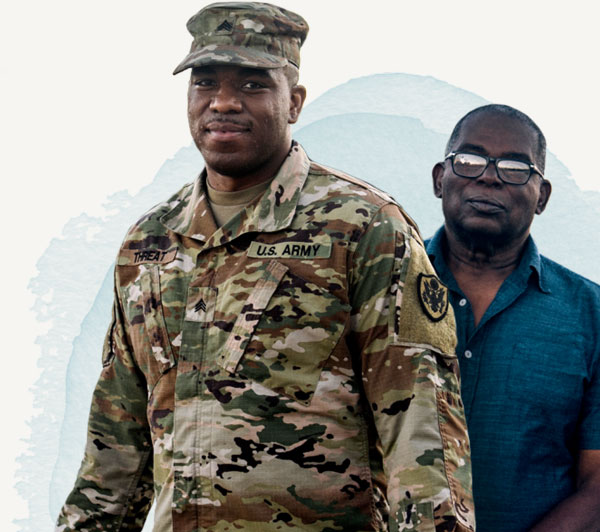Ways to Serve
Every day thousands of dedicated individuals serve to protect freedom, maintain peace and support policies around the globe. Discover how the Military's many paths and service commitments can offer a flexible and fulfilling future.
Explore this section
-

Service Branches
Explore the individual Service branches and career paths available to you.
-

Full and Part-Time Options
The Military offers flexible service commitments, from Active Duty to the Reserve or National Guard.
-

Enlisted and Officer Paths
Take a look at the requirements and expectations of these two distinct routes to Service.
-

Bases Around the World
The Military has bases around the world where service members both work and live. Use this interactive tool to learn more about these locations in the U.S. and abroad.
Common Questions About Ways To Serve
Officers are the managers of the Military, acting in leadership roles that require planning, directing operations and making critical decisions. Almost all officer positions require a four-year degree or equivalent education.
Enlisted service members perform many service jobs in the Military. While these occupations mostly involve hands-on training for mechanical, transportation, human service or office fields that transfer well to the civilian world, they also include infantry roles. A high school diploma is required to become an enlisted service member in the Military.
There are many paths you can take to become an officer in the Military. This includes attending Military Academies, joining the Reserve Officer Training Corps (ROTC), directly commissioning, and more.
Part-time duty is service in the Reserve and/or National Guard. Service members in these “components” typically participate in military training one weekend per month and also one 2-week session per year while also pursuing their own careers or education.
With the exception of Space Force, all service branches offer part-time opportunities.
Both Reserve and National Guard units can be activated specifically for military missions, including missions abroad, and they may serve side-by-side with active-duty service members.
Members of the National Guard, however, can be called for duty by either their state governors or by the president. National Guard members can receive educational benefits that may vary from state to state, in addition to the Post-9/11 GI Bill. It's important to understand that the National Guard is considered an extension of the Reserve component.
The Army and the Air Force both offer National Guard options. All service branches, except the Space Force, also offer reserve components.
The length of commitment depends greatly on the chosen Service, required training and a number of other variables. For instance, in the Marine Corps, members are obligated to a term of 8 years total, with 4 or 5 of those being on active duty (depending on enlistment program choice) and 3 in the Inactive Ready Reserve (IRR) for active duty enlistments.
Reserve enlistments typically service between 4 and 6 years as a drilling reservist in the Selected Marine Corps Reserve (SMCR) with the remainder being in the IRR. For the Navy, current enlistments obligation ranges from 3-6 years active service. Military personnel may retire after 20 years of service and must retire after 30 years of service in most cases.
Types of Military Service
The U.S. Military consists of six active-duty Service branches and their respective Guard and Reserve components. Together, they offer a broad variety of ways to serve.


















